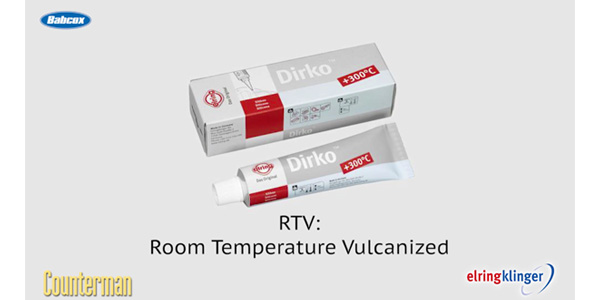There are a variety of sealing compounds on the market for professional and DIY applications. In this video, we’re going to talk about a few of the basic types and how to decide which one is right for your customer.
One of the more common sealing compounds is the RTV silicone adhesive sealant. RTV stands for “room-temperature vulcanized,” and it’s a type of sealant that cures by reacting with the humidity in the air. A high-temperature silicone sealing compound can be used in a wide range of repairs.
Smaller sealing gaps might require a high-temperature sealing compound made from a synthetic resin. This type of compound forms a sealing film due to the evaporation of the solvent. If the part that you’re sealing comes in contact with gasoline or diesel fuel, this is the type of sealing compound that you’ll want to use.
A third type is the anaerobic sealing compound. This type of sealing product can be used on flat, metallic sealing surfaces, and it’s called “anaerobic” because the sealant cures in the absence of oxygen.
When choosing a sealing compound, keep in mind that these products are formulated for specific applications and operating conditions. Sealing compounds are designed for specific temperature ranges, the size of the sealing gap and their resistance to fluids such as oil, grease and coolant. So it’s always wise to learn as much as you can about the repair job before making a recommendation.











